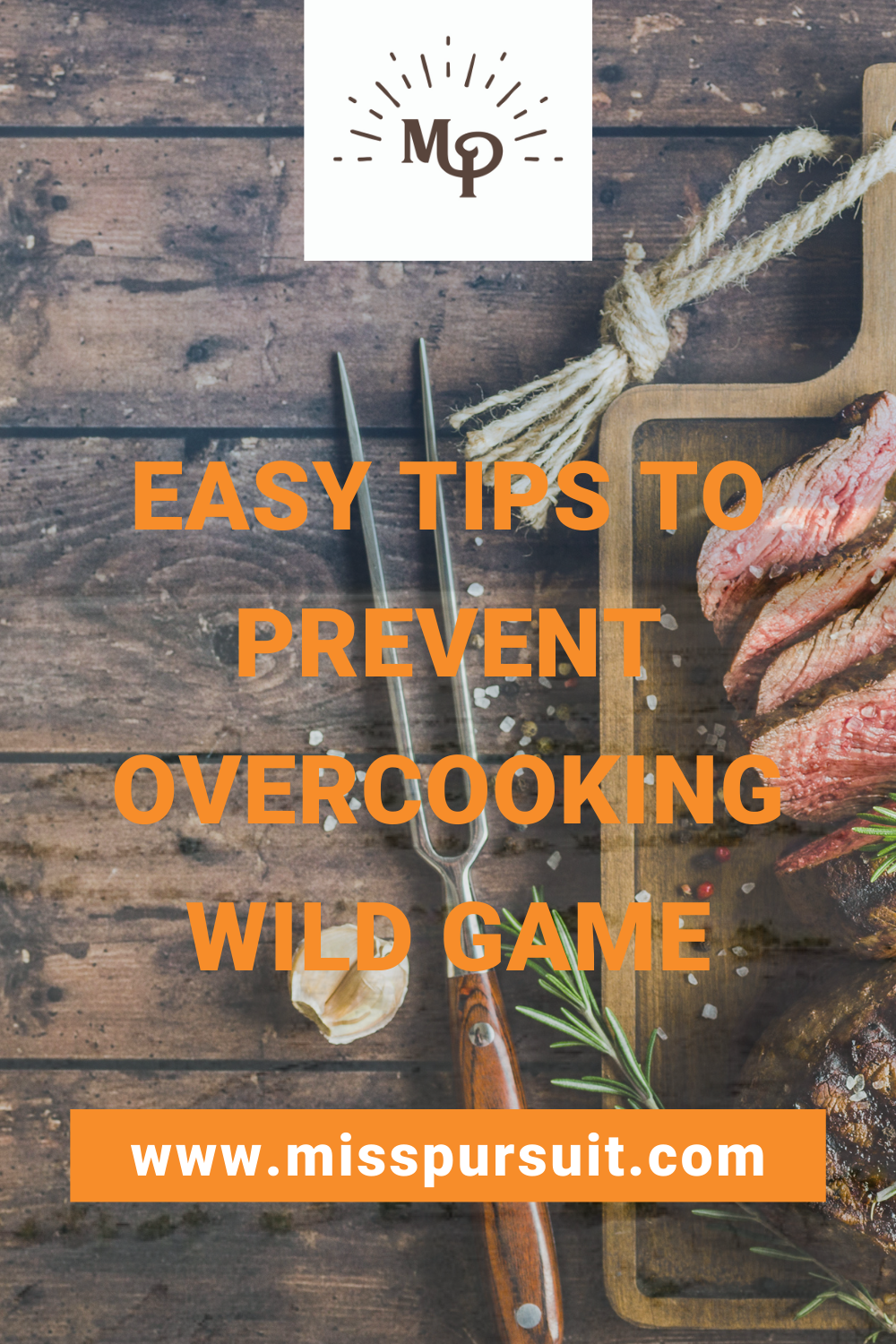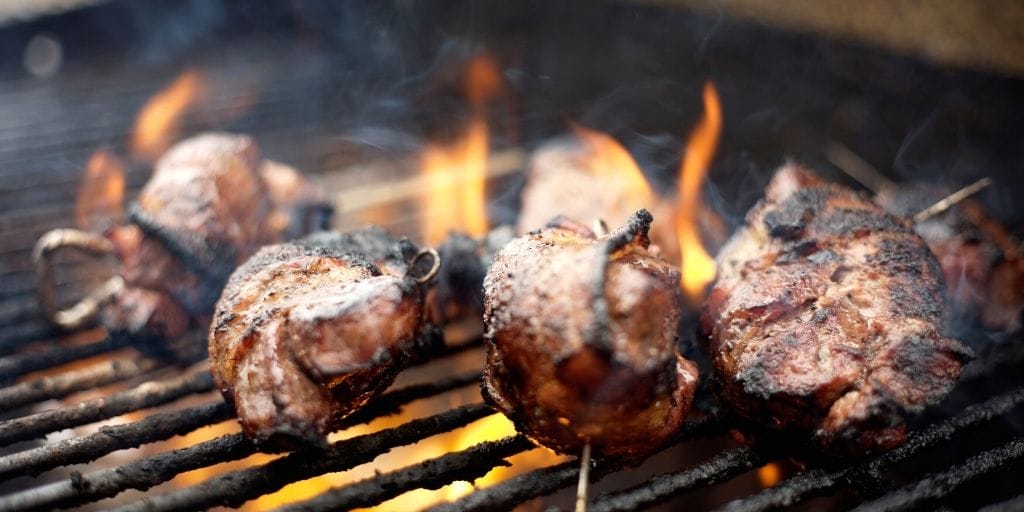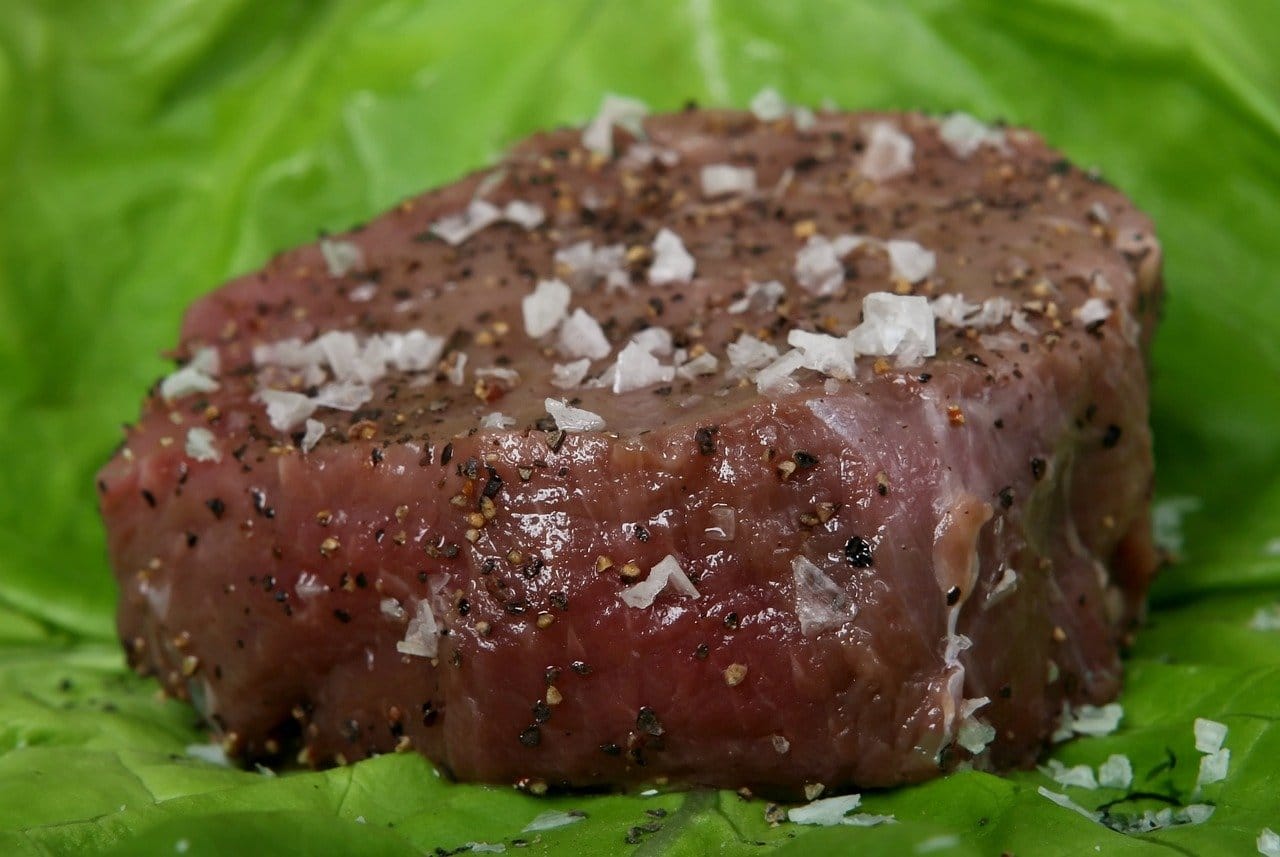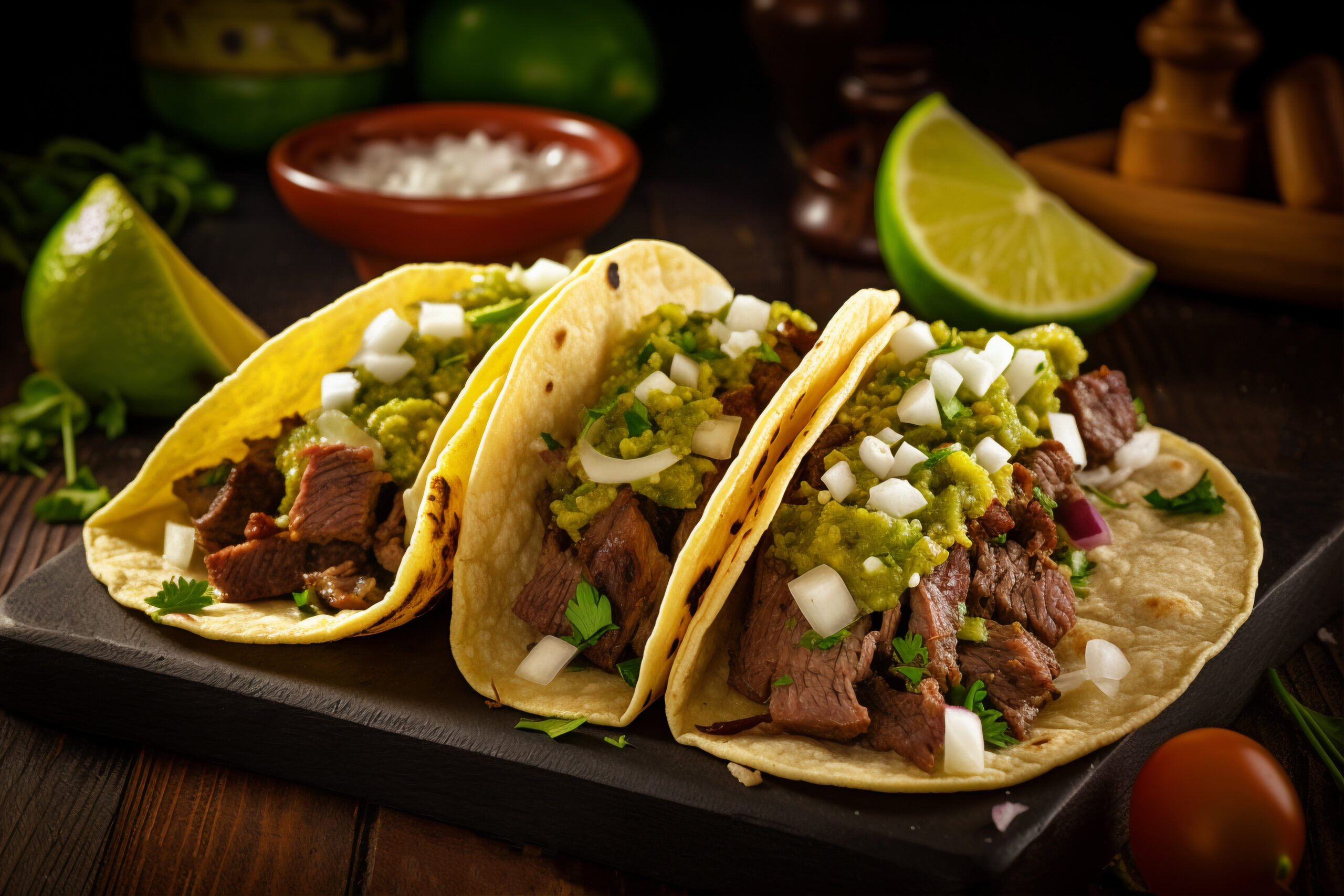I have a confession, I used to prefer my meat cooked well done. I know, I can feel your judgment. Luckily that ended when I started eating wild game but it didn’t mean I instantly knew how to properly prepare it. If you don’t consider yourself a grill master, then you’ll appreciate the following tips and cooking techniques to prevent you from overcooking wild game and rival any steakhouse.
To honor the meat in your freezer, experts and chefs agree that most wild game is best served on the rare to medium-rare spectrum at around 120 to 140℉, except for pork and bear. This is because of the leanness of the wild game. The lack of fat is what leads to meat drying out quickly and becoming tough, and chewy, and can even give it that gamey, metallic taste.
Read More: Is My Wild Game Safe to Eat?
How to Prevent Overcooking Wild Game
Break all the Rules and Reverse Sear
The first thing that truly changed my backstrap cooking game was learning about a cooking technique called reverse searing. This method of cooking allows you to easily control the internal temperature of the meat by first baking or smoking meat until it reaches an internal temperature of 120℉ and then you sear it on a pan, in lots of butter, of course. This backward way of cooking is an easy way to ensure you’ll have an amazing outer crust with a moist and tender center, without fail!
Read More: Tender Wild Game – Tips for Serving
Invest in an Instant-Read Thermometer
I don’t know about you but in my house, I can turn my back for one second, and the next thing I know the stovetop is smoking and my meal is overcooked. It happens in an instant. The only way to know if your meat is at the desired doneness is to check the internal temperature. Investing in a good quality instant-read thermometer can make all the difference. You want an instant-read thermometer that will read the temperature within two to three seconds to get an accurate result. Instantly seeing the internal temperature helps you not wander away while you’re waiting for your thermometer to catch up! Or maybe that’s just me.
Read More: Tips for Frying Backstrap for First Timers
Control Your Heat Source
This tip goes along with the two previous tips because it directly aligns with controlling the internal temperature of the meat you’re cooking. Some methods of cooking, like grilling, make controlling the heat source more difficult. If you don’t know the hot spots of your grill and haven’t exactly mastered the art of cooking over direct and indirect heat, then don’t worry. There are other ways to achieve a mouthwatering piece of meat. My favorite is using an indoor smokeless grill. Some may say it’s blasphemy, but I’d rather eat a perfectly cooked piece of venison on an indoor grill than an overcooked piece on an outdoor grill! You can also use an air fryer, smoker, or even your oven. They’re all going to provide a more consistently controlled heat source.

Patience Is a Virtue, Let it Rest
The last tip is often a hard one, but it’s worth it. After you’ve cooked your wild game to the desired internal temperature plate it, wrap it with foil or parchment paper, and let it rest for 10 to 15 minutes. I know, I told you it’s hard! Allowing the meat to rest lets the process of carryover cooking finish and juices in the meat redistribute. If you immediately cut into meat after you take it from the heat source all of that flavor leaves the meat and puddles onto your plate or cutting board.




